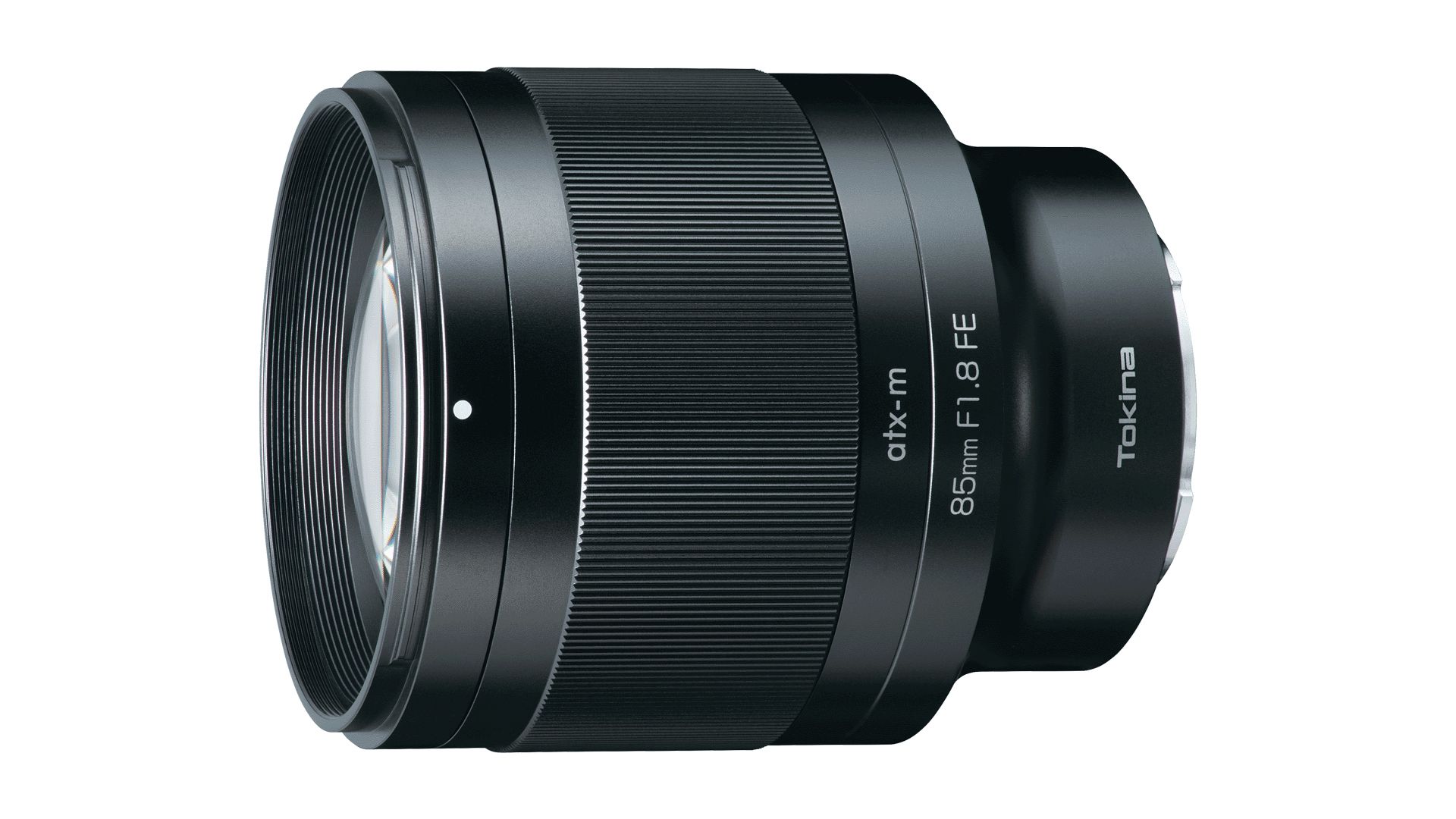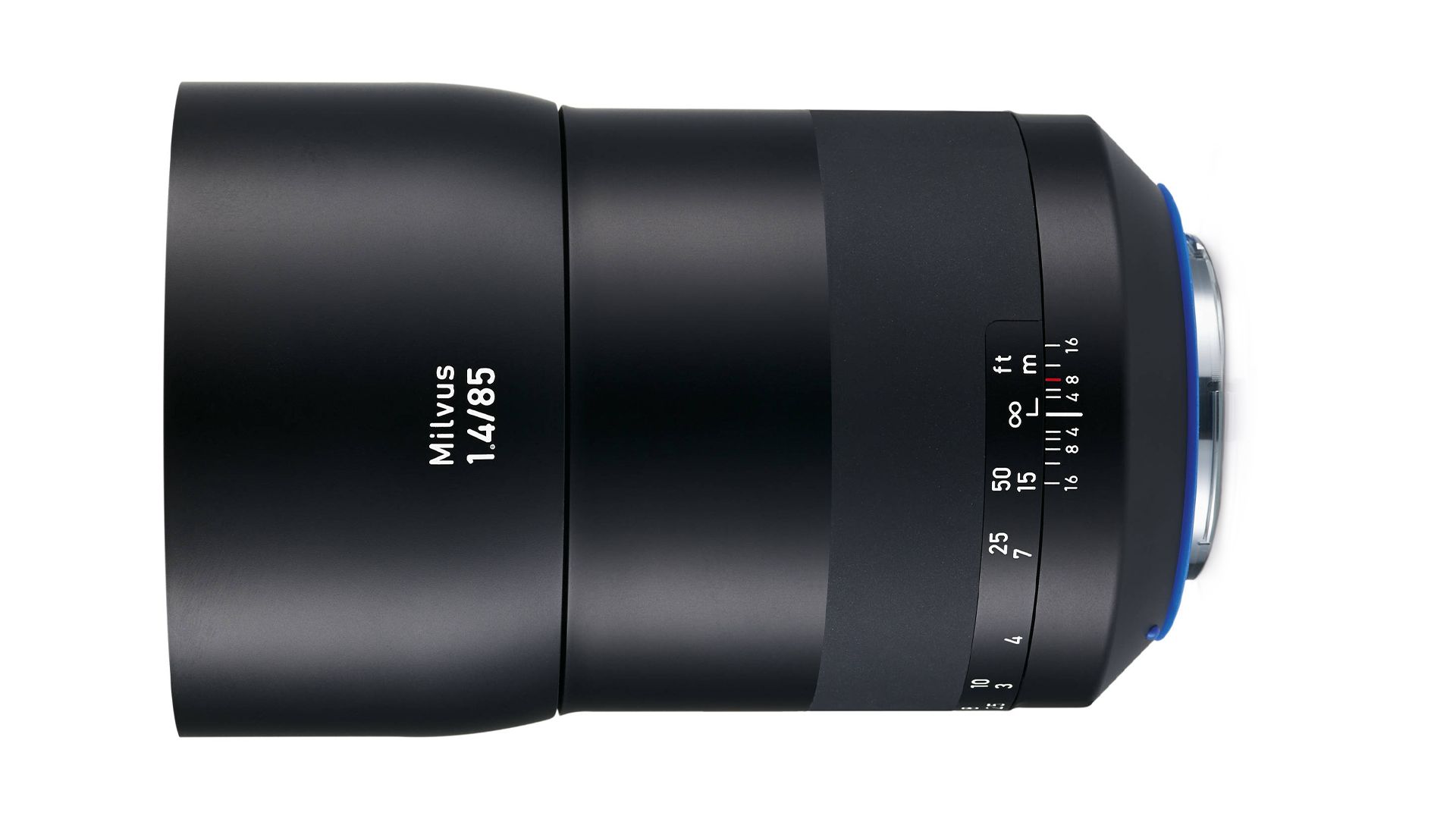How To Use an 85mm Lens
A good 85mm lens is a must-have for any veteran or aspiring photographer. This versatile powerhouse can deliver crisp, stunning landscapes as well as captivating, distortion-free portraiture
Even if you only have space or funds for a few lenses, you should make sure that one of those is an 85mm.
What Is an 85mm Lens?
An 85mm lens is a type of prime lens. Unlike a zoom lens, which can zoom in or out over a range of focal lengths, an 85mm prime lens has a fixed focal length of 85mm.
Prime lenses are typically better than zoom lenses due to their emphasis on quality over versatility. This is because a manufacturer can put all their design work into ensuring the best performance at a very specific focal length and aperture - rather than trying to balance that performance across multiple focal lengths. Not to mention the extra weight and complexity having an autofocusing motor can bring to a design.
Perhaps the biggest advantage of a prime lens over a zoom lens, however, is aperture speed, which is able to be much lower while still maintaining a practical size and weight. This not only allows better performance in low light, but because of the more 'focused' design (pun not intended) - the lens is generally much sharper at these lower apertures than their zoom lens counterparts.
When to Use an 85mm Lens
The three most widely used prime lenses are 35mm, 50mm, and 85mm.
Each of the different focal lengths allows for a different depth of field, and each has distinct strengths and weaknesses.
- The 35mm has the shortest focal length of the three basic prime lenses, allowing for wide shots with little-to-no background blur. It does cause a bit of distortion for close-up subjects, making it less than ideal for close-up portrait photography. It can however be a popular choice for 'environmental portraiture' where the subject and scene are given equal priority
- The 50mm lens is often said to closely mimic the focal range of the human eye in terms of distortion and background distinction. This lens is the most common “starter lens” for new photographers. It works well for both portraits and wide shots.
- An 85mm lens has the longest focal length of the three main prime lenses, meaning it creates the greatest amount of distinction between foreground and background.
Compared to 35mm or 50mm, an 85mm lens will create a more pronounced “bokeh” background effect. The longer focal length also minimises distortion and does the best job of accurately capturing subject proportions.
In other words, the old cliché “the camera adds 10 pounds” doesn’t apply to 85mm lenses.
What Type of Photography Is Best With an 85mm Lens?
An 85mm lens is excellent for portrait work. By isolating the subject and minimizing distortion, this lens can produce captivating, flattering portraits, headshots, and full-body images.
Ask “What is 85mm lens good for?” and you’re likely to get the default response “portrait work.”
However, many experienced photographers praise this lens for its extreme versatility and swear by the 85mm lens for street and landscape photography. By directing the viewer’s eye, the 85mm is excellent at creating interest in street scenes and capturing details in nature shots.
50mm vs 85mm Lens For Portrait Photography
Between 50mm and 85mm, it’s impossible to say which lens is “best” for portrait work, although the topic still generates much debate among veteran portrait photographers.
In truth, each lens brings different strengths to the table, and choosing a favourite will likely depend on you and your personal shooting style.
One of the major differences between a 50mm lens and an 85mm lens is shooting distance. The longer focal length of the 85mm means that the subject will tend to fill more of the frame, forcing you to stay further away from your subject. This can be ideal in outdoor or spacious settings and staying further back is generally less disruptive for your subjects and allows for more natural behavior.
However, the 85mm’s distance requirements can be a problem in close quarters. A 50mm lens allows more flexibility when shooting in smaller spaces.
Another major difference is background clarity.
Both lenses tend to soften the background, which is excellent to minimise any distracting background details, direct attention to the subject, and create a more pleasing dimensional effect.
However, this effect is more pronounced with an 85mm lens than with a 50mm. If you want to incorporate some of the background imagery into your portrait – for example, an ethereal grove of snowy evergreens or a breathtaking mountaintop vista – then choose a 50mm lens.
On the other hand, if you tend to shoot in locations with distracting, unattractive, or unpredictable backgrounds, an 85mm lens is a better choice.
Best 85mm Lenses Available
An 85mm lens is an indispensable part of any photographer’s arsenal, and there are many options available. These three 85mm lenses stand out from the crowd in terms of quality and overall value.

Tokina atx-m 85mm f/1.8 FE
This brand-new design is the first in Tokina’s atx-m series. Created to work with Sony E-mount full-frame cameras, the Tokina atx-m 85mm f/1.8 FE Lens allows you to make the most of Sony’s numerous features, such as real-time eye autofocus and five-axis image stabilisers.
While it lacks some of the weatherproofing features of pricier models, this 85mm lens delivers image quality and performance that are unmatched at this price.

Sigma 85mm f/1.4 DG DN Art Lens
The Sigma 85mm f/1.4 DG DN Art Lens is one of the lightest and fastest 85mm lenses available, which, combined with its exceptional ergonomic features and user-focused design, makes Sigma’s latest release a genuine delight to use.
If this were the only feature of the lens, you would stand to be impressed, but you can also expect dust- and splash-proof design, an intuitive and feature-rich controls, a barrel constructed from magnesium alloy, and a hypersonic AF motor.

Zeiss Milvus 85mm f/1.4 ZE Lens
Zeiss is often touted as the gold standard for professional-grade lenses and the Zeiss Milvus 85mm f/1.4 ZE Lens certainly lives up to that standard, consistently delivering flawless images and boasting impeccable workmanship.
The only drawback is the cost; however, with all-metal housing and cutting-edge weather sealing to block out dust and water, this lens should be an investment that will stand the test of time.
Where to Find the Best Prime Lens for Portraits
If you are ready to purchase high-quality 85mm camera lenses that are both affordable and functional, look no further than C.R. Kennedy.
C.R. Kennedy is one of Australia’s leading distributors of cameras and photographic equipment. We offer a wide range of DSLR, mirrorless, full-frame and action cameras.
If you need more information check out more articles on the C.R. Kennedy blog.
